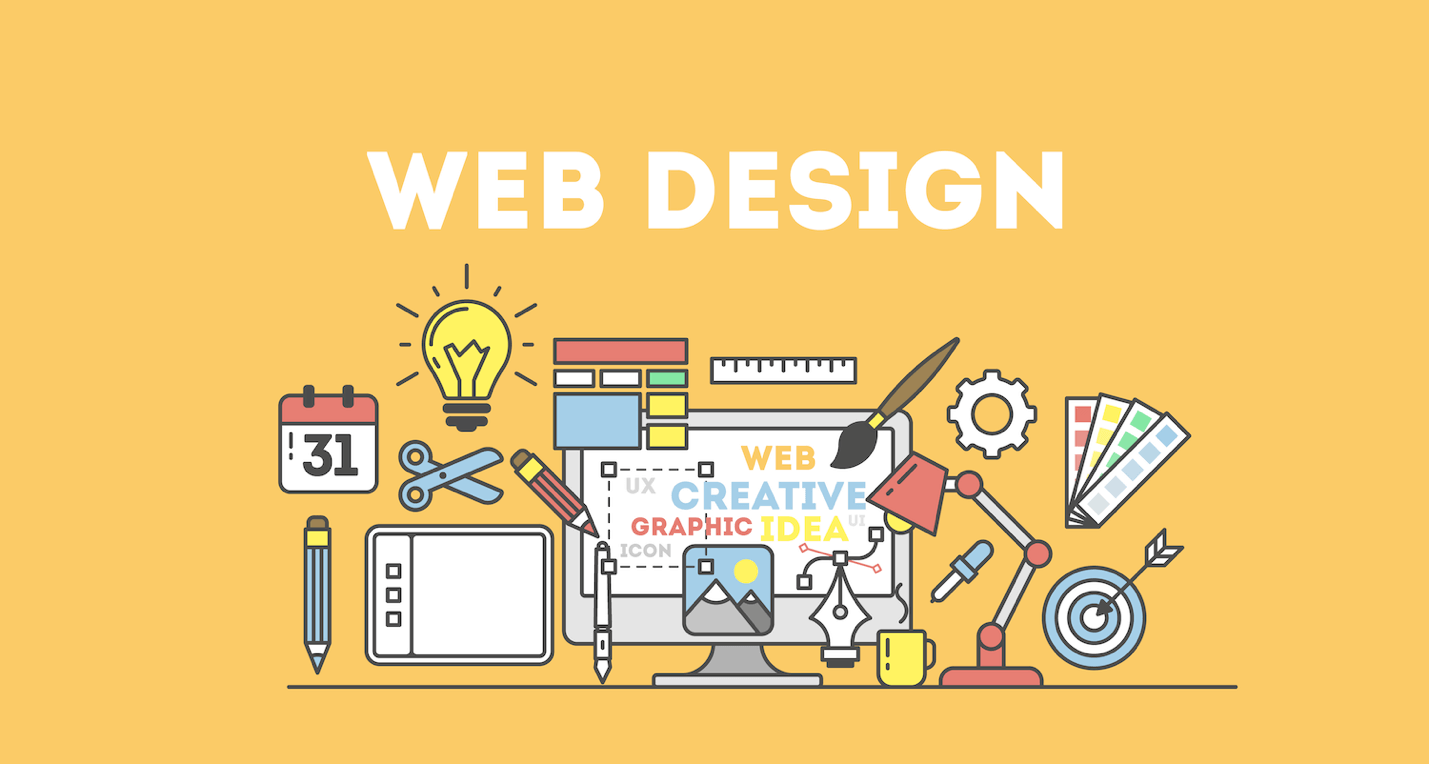Deciphering the Intricacies of Responsive Internet Layout and Its Influence On Access and Capability Throughout Numerous Devices
Responsive web layout (RWD) has actually arised as an essential strategy in producing electronic experiences that are both available and practical across diverse tools. By integrating strategies such as fluid grids and CSS media queries, RWD not only boosts user involvement yet likewise addresses vital availability problems for individuals with disabilities.
Comprehending Responsive Web Layout
Responsive website design symbolizes the concept of versatility, ensuring that web sites supply an optimal viewing experience across a selection of tools and screen sizes. This strategy employs versatile grids, formats, and pictures, making it possible for the content to dynamically adjust based on the user's device. The rise of mobile net use has actually made receptive layout not simply a trend, yet a need for modern internet growth.
At its core, responsive website design stresses fluidity and scalability. By using CSS media queries, programmers can tailor designs to differing display measurements, making certain that text continues to be legible and photos are displayed suitably. This strategy accommodates the varied range of devices, from smart devices to big desktop computer displays, helping with smooth navigating and interaction.
Furthermore, receptive web design boosts user interaction by minimizing the requirement for extreme zooming or horizontal scrolling, which can interfere with the customer experience. By prioritizing availability, organizations can reach a more comprehensive audience, making sure that all users, no matter of device, can access content efficiently. Inevitably, comprehending responsive internet design is vital for creating internet sites that are not only visually enticing however user-friendly and additionally functional throughout diverse systems.

Trick Concepts of RWD
Highlighting adaptability and user-centric style, the essential concepts of responsive web layout (RWD) revolve around developing a smooth experience no matter of the gadget being made use of. One fundamental principle is fluid grids, which use loved one devices like percentages rather than taken care of dimensions. This method makes certain that design components adapt proportionally to differing display sizes, keeping aesthetic coherence.
Another essential concept is flexible images and media, which resize within their containing components. web design Johannesburg. By employing CSS strategies such as max-width, designers can prevent images from exceeding their moms and dad containers, ensuring that visuals continue to be sharp and suitably scaled throughout devices
Furthermore, media questions play a crucial duty in RWD, allowing programmers to use certain CSS styles based on the qualities of the tool, such as orientation, size, and elevation. This capacity makes it possible for tailored experiences that improve usability and engagement.
In addition, a mobile-first technique is progressively favored, where designs focus on smaller displays and progressively enhance for bigger devices. This principle not only maximizes efficiency yet also resolves the expanding prevalence of mobile browsing. Collectively, these concepts form the backbone of receptive web design, cultivating a versatile and user-friendly digital environment.

Influence On Ease Of Access
The assimilation of responsive internet style plays a vital role in enhancing availability for all users. By taking on a versatile format that adapts to varying display dimensions and positionings, receptive design ensures that web content stays legible and easily navigable no matter of the device used. This versatility is specifically significant for people with impairments, who may rely on assistive technologies that official source operate a lot more efficiently when you could try here material is structured responsively.
In addition, receptive internet design decreases the chance of issues such as straight scrolling, which can impede customers with electric motor handicaps or aesthetic impairments. By providing a constant customer experience throughout devices, designers can prioritize ease of access features such as key-board navigation and display viewers compatibility, permitting for a more comprehensive electronic environment.
In addition, internet search engine significantly favor responsive styles, which can boost presence for customers looking for obtainable material. Because of this, organizations and businesses are encouraged to adopt these methods not just to abide by ease of access standards but likewise to get to a more comprehensive audience. Eventually, receptive website design contributes in promoting fair accessibility to info and services across varied customer teams, thus promoting an inclusive digital landscape.
Performance Across Instruments

Additionally, the performance of internet applications can vary substantially throughout gadgets. Mobile phone commonly have actually limited handling power and slower net connections, which can influence packing times and overall user experience. It is crucial for designers to optimize photos, manuscripts, and various other sources to ensure that efficiency remains consistent and effective, no matter the tool being made use of.
Furthermore, the design and structure of material should adjust fluidly to different screen sizes to keep use. This versatility not just enhances individual interaction yet additionally lowers frustration, ultimately resulting in greater retention prices. In recap, focusing on functionality across devices is crucial for creating a efficient and inclusive internet presence that satisfies the diverse requirements of customers.
Finest Practices for Execution
Implementing receptive web layout successfully calls for a strategic method that prioritizes user experience and access. To accomplish this, start by embracing a mobile-first design viewpoint, which emphasizes creating an optimal experience for smaller displays before scaling approximately larger devices. This approach ensures that essential material is prioritized and that functions are effortlessly integrated.
Next, use fluid grids and adaptable formats. Use family member systems, such as percents, instead of repaired units like pixels - web design Johannesburg. This flexibility allows web content to resize dynamically based upon the display's measurements, boosting usability throughout different tools
Moreover, include media questions to use details CSS guidelines based upon the attributes of the gadget, such as resolution, size, and height. This targeted technique permits for customized experiences that satisfy the distinct capacities of each tool.
Additionally, prioritize availability by ensuring that all interactive components are easily accessible via touch or keyboard. Implement semantic HTML to boost display viewers compatibility and keep high contrast ratios for readability.
Verdict
Finally, responsive web layout serves as a foundational aspect in developing functional and available electronic experiences across diverse gadgets. By integrating fluid grids, versatile photos, and CSS media inquiries, responsive layout not only boosts customer interaction yet additionally promotes fair access to details for all individuals, including those with handicaps. Following finest techniques in execution ensures that sites continue to be adaptable, eventually promoting a more inclusive electronic atmosphere that fulfills the differing needs of individuals.
Responsive web layout (RWD) has actually emerged as a fundamental method in producing digital experiences that are both obtainable and functional across diverse tools.Responsive web layout embodies the principle of adaptability, guaranteeing that websites provide an ideal watching experience across a selection of devices and display dimensions.Emphasizing adaptability and user-centric design, the crucial concepts of responsive web layout (RWD) rotate around developing a smooth experience no matter of the gadget being utilized.Performance across gadgets is an essential consideration in web layout, as users engage with web content via a variety of systems, including tablet computers, desktop computers, and mobile phones.In verdict, receptive internet design serves as a foundational aspect in developing functional and available digital experiences throughout diverse gadgets.